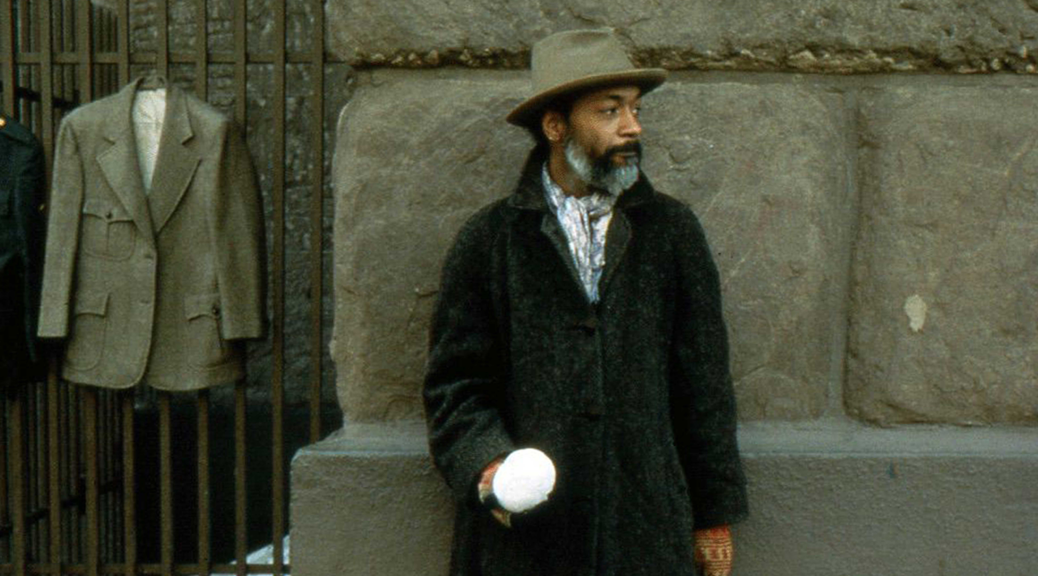Pee-wee as Himself
by Hope Madden
If there’s one thing Matt Wolf’s 2-part documentary Pee-wee as Himself does, it reminds you what a cultural phenomenon Pee-wee Herman was in the 80s. Movies to TV to MTV to toys to talk shows, he was everywhere and he was beloved by children, college kids, and adults alike.
Who would have guessed that this goofy, bow-tied man-child could steal so many hearts? Or how decidedly and abruptly it could all have ended?
The filmmaker walks an interesting line. The Pee-wee story seems custom-made for a rags-to-riches-to-rags doc, but that’s clearly not what either Wolf or Paul Reubens—the man behind the bowtie—wants.
Unbeknownst to Wolf, during the filming of the documentary, Reubens was in the midst of the 6-year battle with cancer he would lose on July 30, 2023. Knowing now what he did not know then, Wolf lingers over weighty turns of phrase.
Charmingly acerbic but often candid, Reubens is openly reluctant to hand over control of his image after so many years of calculating every detail of his public life. Part of what makes the film so electric is how early and often the two butt heads over which of them ought to be in control of the documentary. This conflict itself paints a portrait of the artist more authentic than any amount of historical data ever could.
Wolf pulls from 40 hours’ worth of interviews with Reubens, who is playful, funny, and occasionally confrontational and annoyed—mainly with Wolf. The filmmaker flanks those conversation snippets with family photos and video from the actor’s massive collection.
The utterly delightful Episode 1 introduces a Paul Reubens unknown even to his most ardent fans (of which I am most certainly one). We’re privy to the foundational yearnings and explorations, choices and happenstances that led the eccentric and creatively gifted young Reubens toward abandoning himself entirely to his adorably oddball alter ego.
These clues to the early budding of the genius are as fascinating as clips from his work on The Gong Show and with The Groundlings are joyous. And for those who’ve loved Pee-wee since childhood, footage from his HBO special, early Letterman appearances, and of course, Pee-wee’s Big Adventure thrill to the point of tears.
Episode 2 could be called Post Adventure. P.W. Herman was at the top of the world and still climbing. One blockbuster film under his white belt, Pee-wee was about to conquer, of all things, children’s television. Wolf reminds his audience—those who may not know and those who may have forgotten—of the show’s subversive genius.
The inevitable tragic downfall haunts the second film from its opening shot, but neither the filmmaker nor Reubens play the victim card. Whether recounting the collateral damage of his fame (partnerships fractured and friends lost), his career missteps (Big Top Pee-wee), or the immediate and deafening public reaction to his 1991 arrest, both Wolf and Reubens are clear eyed.
You may not be as the second film comes to its close. Wolf lets Reubens have the last word, maybe because he had no choice at all, but again, it’s that conflict itself that best defines the consummate performance artist. Paul Reubens decided who got to know what.
Pee-wee as Himself is revelatory, nostalgic, glorious viewing for Pee-wee fans. That’s me. Maybe that’s not you. Maybe you think I’m a big dummy for loving Pee-wee like I do.
I know you are, but what am I?





